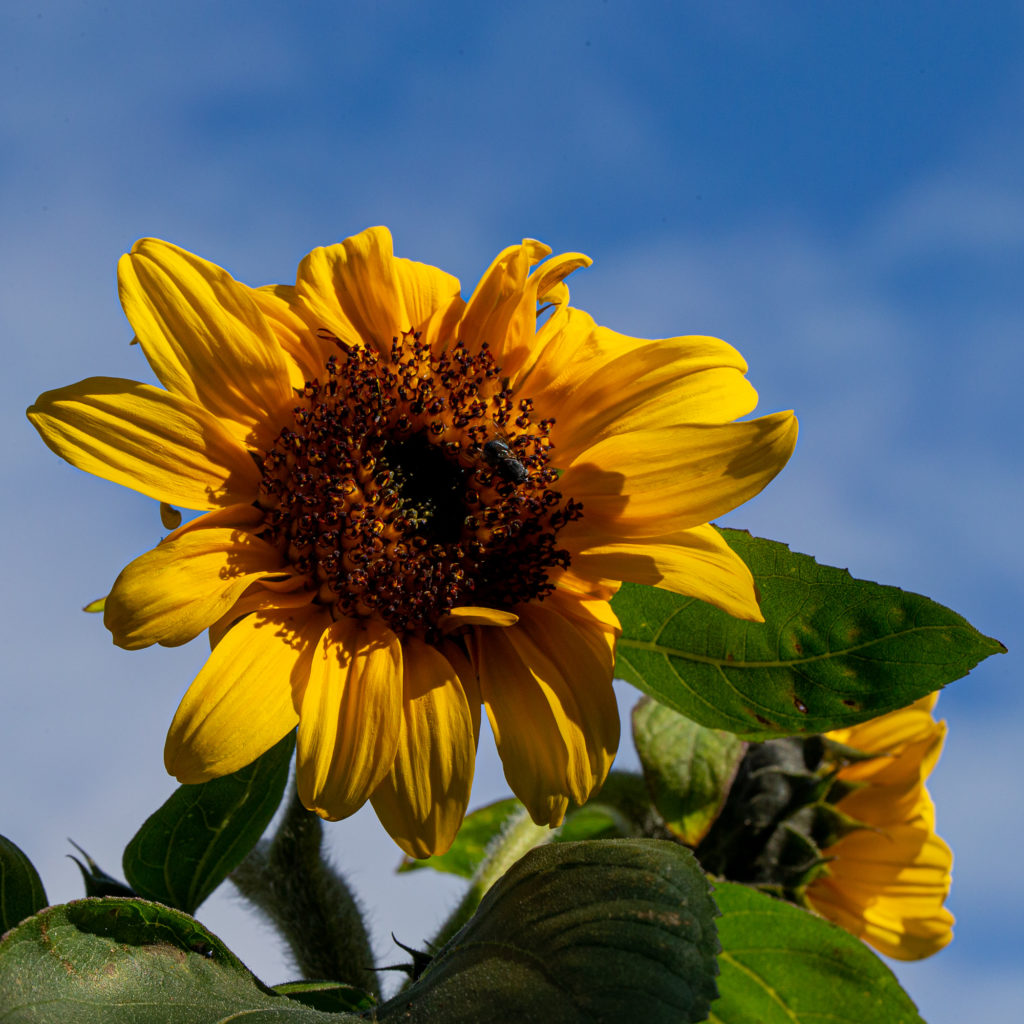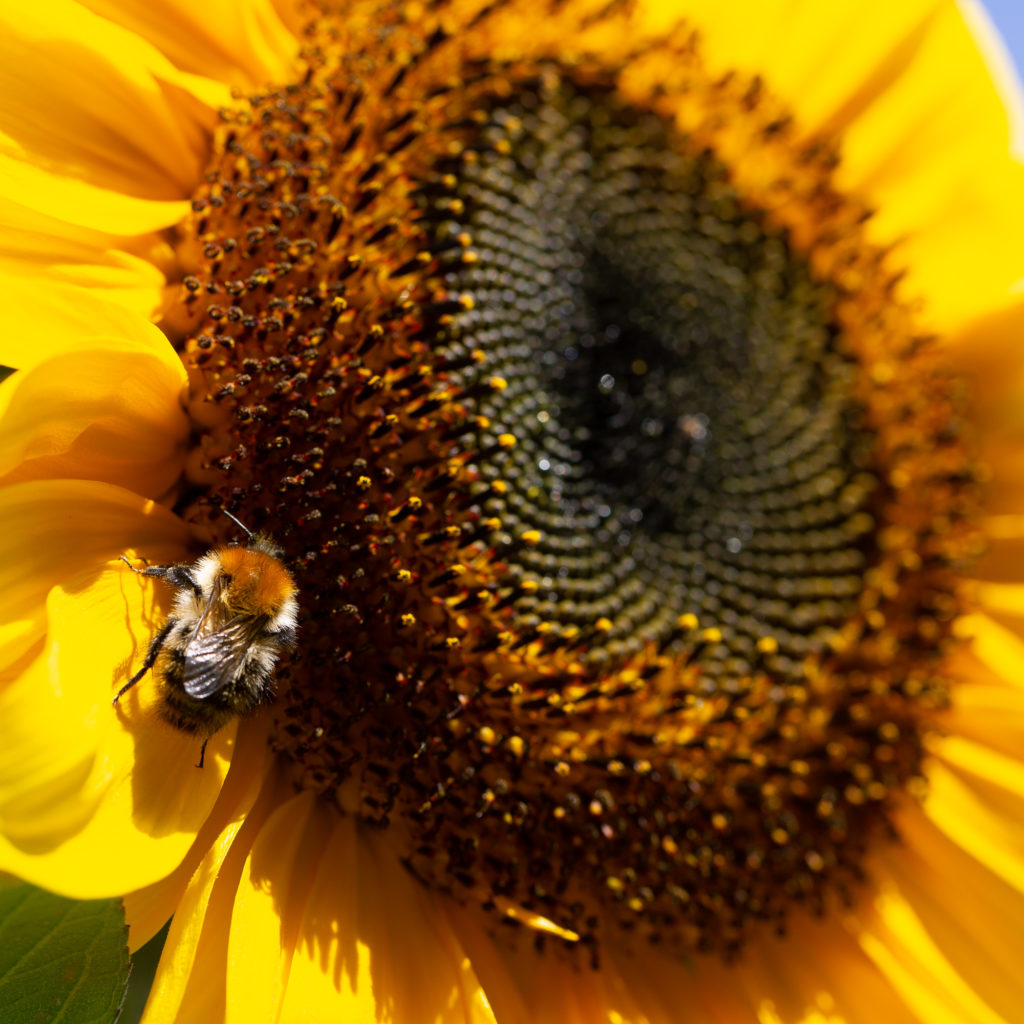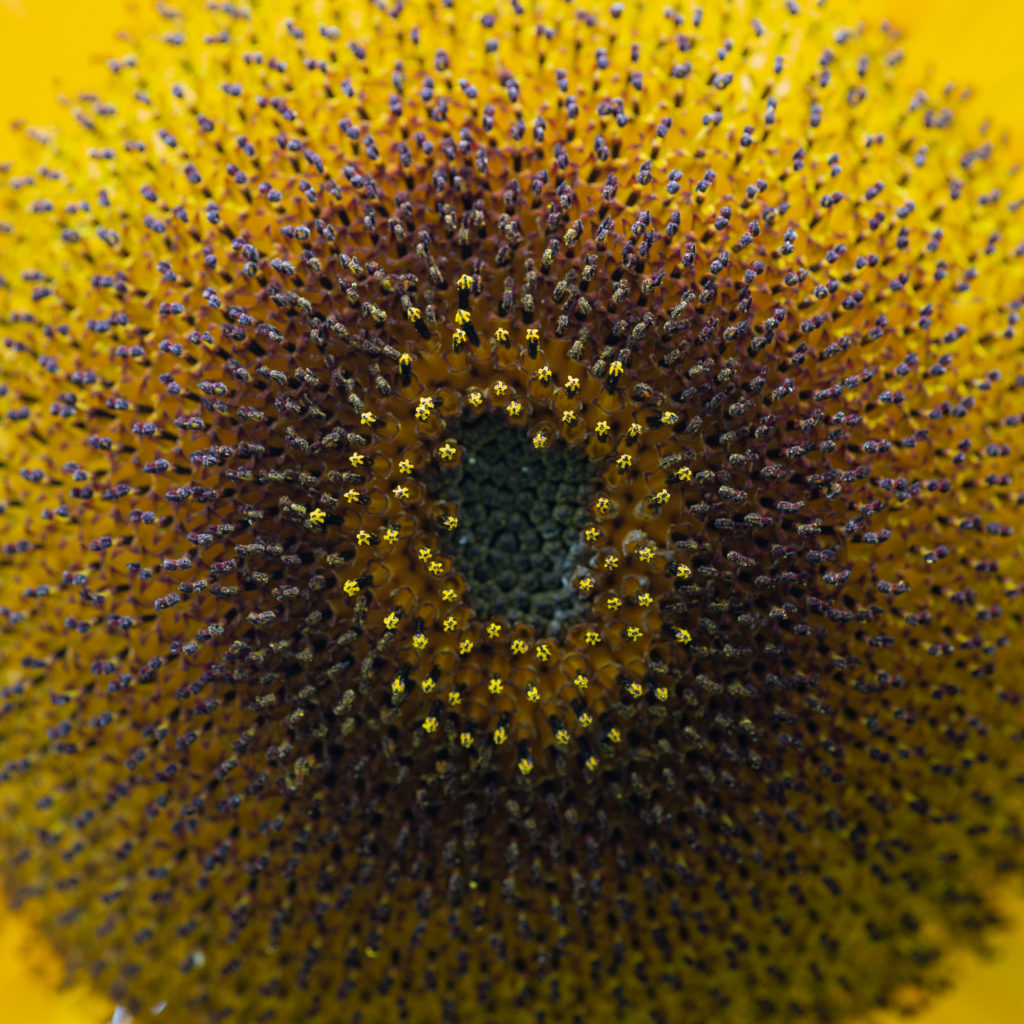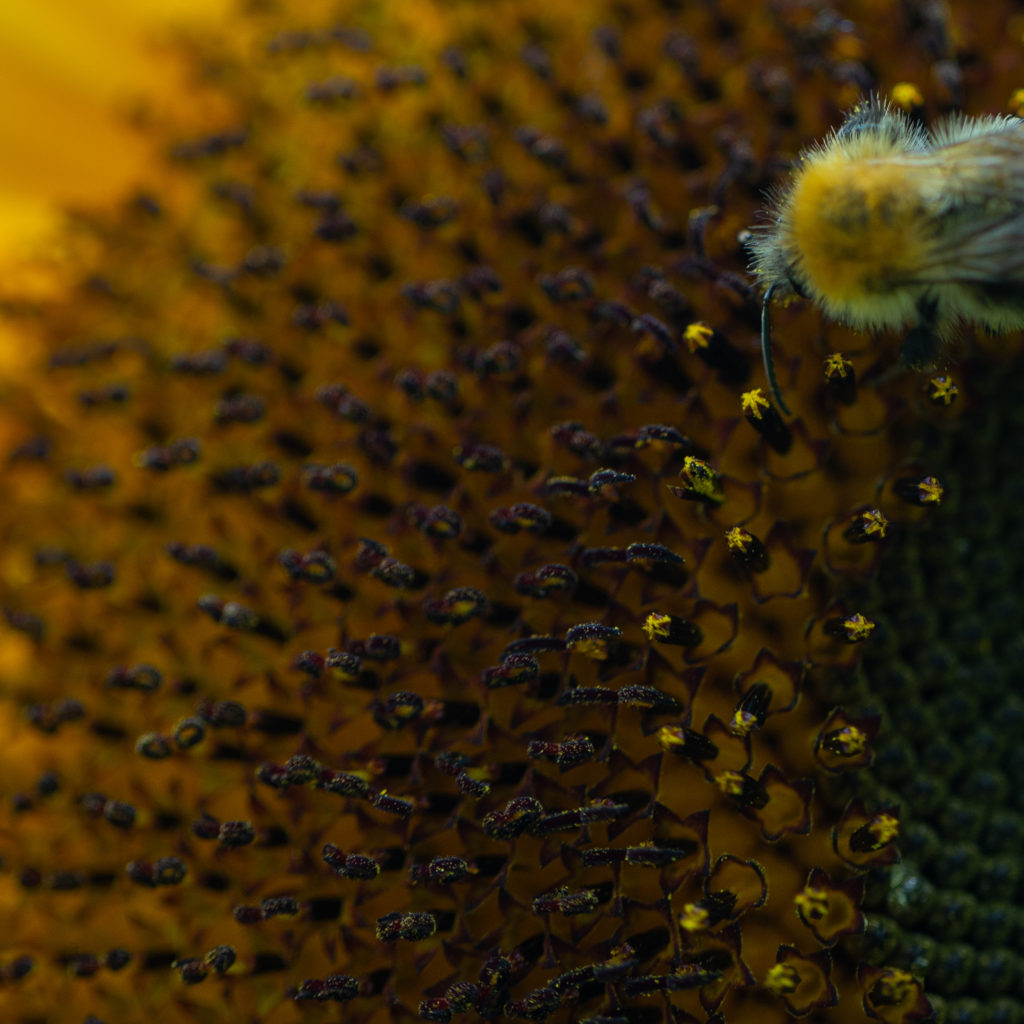A few weeks ago, I took you on an allegorical journey from my gut to the soil. I hoped to make the point that there are many small forces that shape our world and whose impact on our lives is very often overlooked. You are breathing as you read this. We all take our autonomic breathing for granted until we can’t. The breathing happens unnoticed until it’s hard to do. Small forces, likewise, do their thing whether appreciated or not.
I realised that I mis-used the term ‘weak force’ because ‘weak force’ means something very specific to the scientific community. ‘Weak force’ is the common shorthand for weak nuclear interaction. The weak force (beta decay) is what changes the flavour of a quark, that in turn causes a proton to become a neutron. It does this by emitting an electrically charged W boson. So what? you say. This is the trigger for nuclear fusion, the reaction that powers the sun that generates the photon that delivers the energy that is used by our plants here in the garden.
So the sunflower out in the back garden is growing because of four very small forces. I might have included gravity as a fifth, the reason that the rain falls from the clouds where the water was suspended by small forces generated by the heat loss after the water was evaporated in the sunlight.
This is not intended to contradict any normal science teachings of the four fundamental forces that we experience every day:
- Gravity.
- The weak force.
- Electromagnetism.
- The strong force.
I’m pointing out that plant growth is driven by some of the smallest forces in nature. The weak force provides the photon energy to power the whole story. Osmosis pulls water out of the soil. Surface tension is what pulls the water up the xylem. And then the photosynthesis causes water to be driven though the leaves. Let’s agree that gravity finally plays its part in completing the circuit and returning fluid down towards the soil through the exterior phloem though that’s not the full story. But it’s enough before I introduce the wonders of hormones.
We need to know about five hormones in order to understand the tropic and nastic movements of the sunflower (or any plant) among a host of other things you’ve not thought about for years. The tropic movements are directional and result from environmental stimuli such as light (phototropism), gravity (geotropism) and the like. The nastics are non-directional responses to stimuli like temperature, humidity or the touch that triggers the carnivorous Venus Flytrap leaf to envelope prey.
Hormones interact with receptors on the surface of cells. So if you imagine a hormone as a key and a receptor as a lock, you’d need a specific key to open a lock. There are many kinds of keys just as there are many kinds of locks. But the analogy breaks down because a lock can only accept one key type. Cell receptors may interact with several types of hormone just as one hormone type may suit many types of receptor. This is critical to begin an understanding of the complexity that is created by what appears to be a simple system.
Stick with me awhile. This hormonal story is pretty amazing even if the words are unfamiliar.
While there are many hormones involved in plants, there are just five key hormones that matter to the majority of them. These five interact singly or in groups with single or groups of receptors to run the entire plant for its whole life. ‘The underlying simplicity of the system is wondrously elegant.’ wrote Colin Tudge in The Secret Lives of the Trees.
- The hormone auxin is the growth promoter but it sometimes suppresses growth.
- The gibberlins assist in growth but act as an alarm clock for germination and also help add flesh to fruit. Blame the gibberlins for your bolting lettuces.
- Abscisic acid supresses tissue growth. It prevents early germination.
- The cytokinins promote cell division. They are made in the roots and delay senescence, delaying leaf drop.
- And finally, ethylene ripens fruit, drops leaves and more interestingly, it’s also a pheromone. As a gas, it interacts with multiple plants.
The sunflower (or any plant) out back is being managed by a cabal of these five major phytohormones. And these are some of the things I had to learn in order to understand why and how the head of the sunflower followed the sun. In fact, our summer hours of sunlight were so few and the head became so heavy that I chose to rotate the pot most days.
It seemed like a simple question at the outset. Now I know that that auxins are in the xylem, being created in the apical tip of the plant. Being in a circulatory system, they end up in the phloem, that is on the exterior of the plant. Auxins are light avoiding. They promote growth but migrate away from light. Therefore, they accumulate in the dark and so there is more growth on the shaded side of the plant so it twists as if following the sun.
But how is the thin stalk of the sunflower so strong that it can grow two metres or more and not break in the wind? Now I know that sunflowers have a special type of phloem fibre cell that grows just outside the active phloem. These fibres are what give the stalks their rigidity. However, engineering tests show that the shearing stress and the specific shearing energy vary in proportion to moisture content. In short, if you keep your sunflower turgid, it will stand longer.
Our sunflower was germinated by a daughter in late February and the gift was repotted outdoors six months ago. It stands over two metres in a half metre pot. It’s been blown over countless times and has sustained no damage. The first head is now drying in a shed so that we can harvest the seeds.

There are two new heads that are thriving, well attended by bees. Your readers will know that I like volcanoes and having visited the site of Krakatoa, I climbed Anak Krakatoa, Child of Krakatoa.
I think of the sunflower as Anak Helianthus because it seems to me that the sunflower is both a child of and a force of nature. I’m keeping the seeds for next year. Perhaps we’ll be lucky and germinate a hundred or fifty or ten or two and share them among our friends.




Leave a Reply